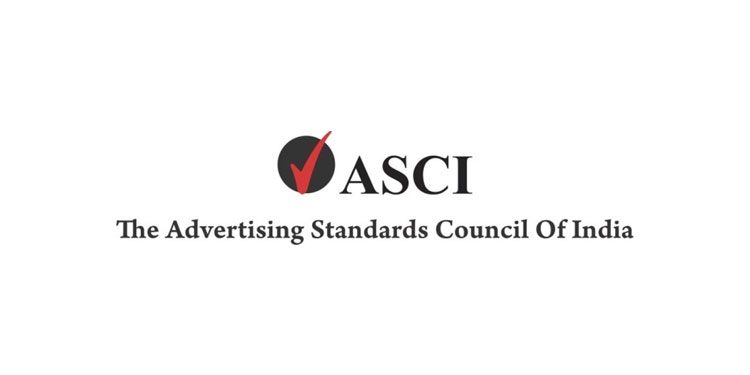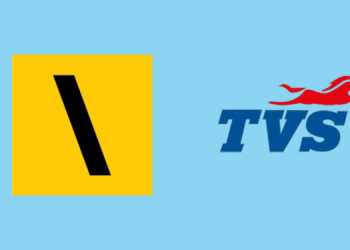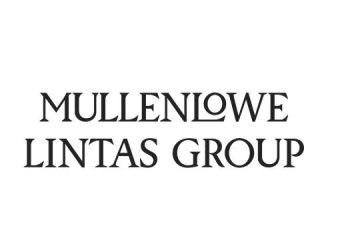The Advertising Standards Council of India (ASCI) today released the final guidelines for influencer advertising on digital media. The draft guidelines initially were issued in February and sought feedback from all stakeholders including advertisers, agencies, influencers and consumers. The guidelines will apply to commercial messages or advertisements published on or after June 14, 2021. The guidelines make it mandatory that all advertisements published by social media influencers or their representatives on such influencers’ accounts must carry a disclosure label that clearly identifies it as an advertisement.
The following criteria must be used to determine if the disclosure is required.
- Disclosure is required if there is any material connection between the advertiser and the influencer.
- Material connection isn’t limited to monetary compensation. Disclosure is required if there is anything of value given to mention or talk about the Advertiser’s product or service. For example: If the Advertiser or its Agents gives free or discounted products or service or other perks and then the influencer mentions one of its products or services, a disclosure is needed even if they weren’t specifically asked to talk about that product or service.
- Disclosures are required even if the evaluations are unbiased or fully originated by Influencer, so long as there is a material connection between Advertiser and Influencer.
- If there is no material connection and the influencer is telling people about a product or service they bought and happen to like, that is not considered to be an advertisement and no disclosure is required on such posts.
Disclosure must be upfront and prominent so that it is not missed by an average consumer.
- It should be placed in a manner that is hard to miss.
- Disclosures are likely to be missed if they appear only on an ABOUT ME or profile page, or bios, at the end of posts or videos, or anywhere that requires a person to click MORE.
- Disclosure should not be buried in a group of hashtags or links.
- Using a platform’s disclosure tool should be considered in addition to an influencer’s own disclosure.
- If the advertisement is only a picture or video post without accompanying text (such as Instagram stories or Snapchat), the disclosure label needs to be superimposed over the picture/video and it should be ensured that the average consumer is able to see it clearly.
- For videos that last 15 seconds or less, the disclosure label must stay for a minimum of 3 seconds.
- For videos longer than 15 seconds, but less than 2 minutes, the disclosure label should stay for 1/3rd the length of the video.
- For videos which are 2 minutes or longer, the disclosure label must stay for the entire duration of the section in which the promoted brand or its features, benefits etc are mentioned.
In live streams, the disclosure label should be announced at the beginning and the end of the broadcast. If the post continues to be visible after the live stream is over, appropriate disclosure must be added to the text/ caption.
In the case of audio media, the disclosure must be clearly announced at the beginning and at the end of the audio, and before and after every break that is taken in between
- In live streams, the disclosure label should be announced at the beginning and the end of the broadcast. If the post continues to be visible after the live stream is over, appropriate disclosure must be added to the text/ caption.
- In the case of audio media, the disclosure must be clearly announced at the beginning and at the end of the audio, and before and after every break that is taken in between.
- Following is the list of disclosure labels permitted
A). Anyone or more can be used:
- Advertisement
- Ad
- Sponsored
- Collaboration
- Partnership
- Employee
- Free gift
B) The disclosure should be in English OR in the language as the advertisement itself in a way that is easy for an average consumer to understand.
A virtual influencer must additionally disclose to consumers that they are not interacting with a real human being. This disclosure must be upfront and prominent.
Responsibility of disclosure of material connection and also of the content of Advertisement is upon the Advertiser for whose product or service the advertisement is, and also upon the Influencer.
For clarity, where Advertiser has a material connection with the Influencer, Advertiser’s responsibility will be to ensure that the posted Influencer advertisement is in line with the ASCI code and its Guidelines.
While the Influencer shall be responsible for making disclosures required under the Guidelines. The Advertiser, shall, where needed, call upon the Influencer to delete or edit an advertisement or the disclosure label to adhere to the ASCI Code and Guidelines.
The influencers are advised to review and satisfy themselves that the advertiser is in a position to substantiate the claims made in the advertisement.

















